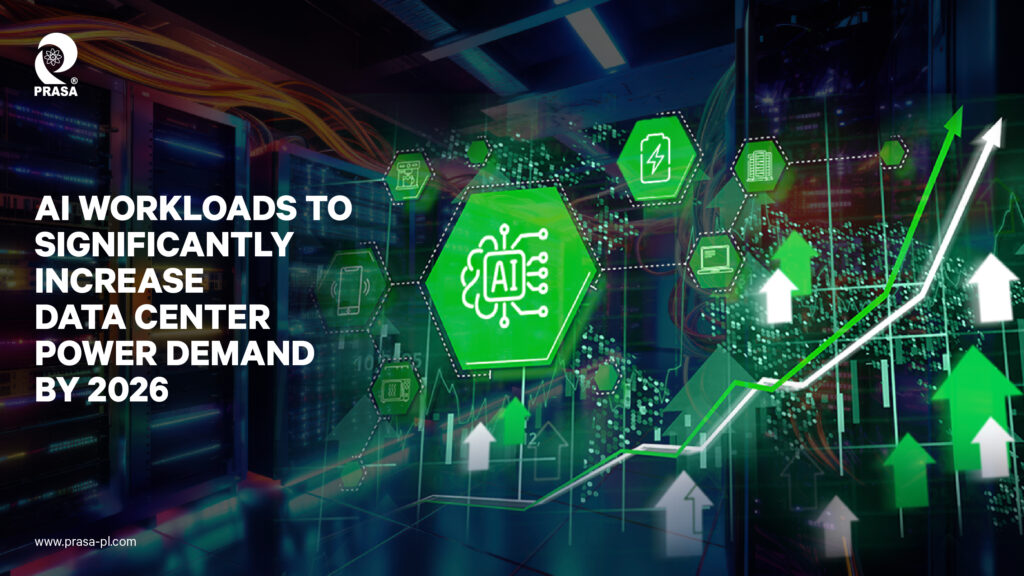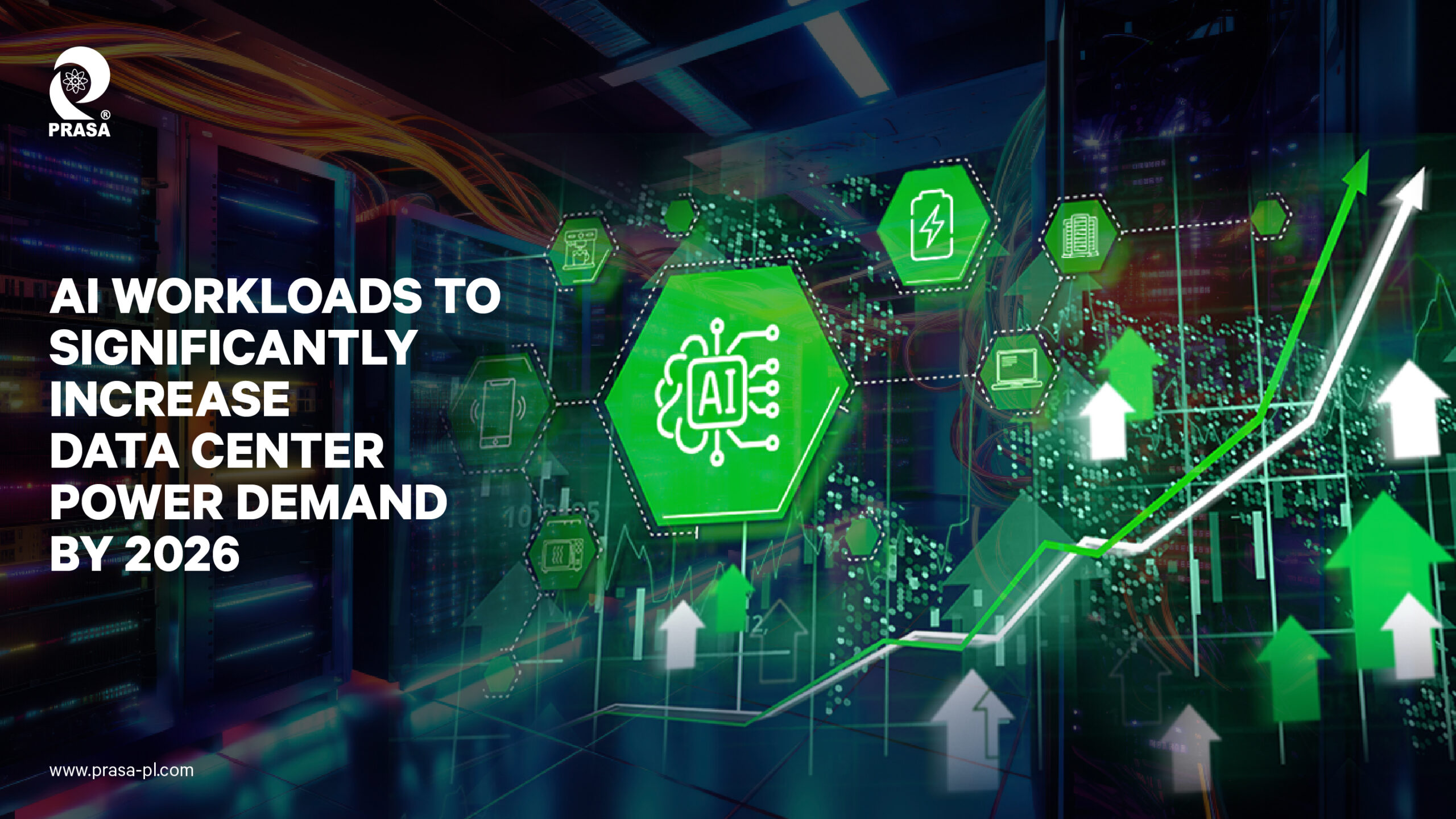
The rapid advancement of artificial intelligence (AI) technology is driving unprecedented changes in various industries, including the data center sector. Recent projections indicate that AI workloads will double the power demand of data centers by 2026, a significant shift that underscores the profound impact of AI on infrastructure requirements.
AI technologies, particularly machine learning and deep learning, require immense computational resources. These technologies rely on processing vast amounts of data, which necessitates powerful servers and extensive cooling systems. As AI applications become more widespread, from autonomous vehicles to advanced medical diagnostics, the demand for computational power in data centers is skyrocketing.
The primary driver behind this surge in power demand is the intensive nature of AI workloads. Training AI models, especially deep learning networks, involves substantial computational effort. For instance, training a single large AI model can consume as much power as hundreds of traditional data center workloads. Furthermore, the deployment of AI models for real-time data processing and inference also requires continuous and reliable power.
Data centers, the backbone of the digital economy, are now facing the challenge of scaling their infrastructure to meet this growing demand. This involves not only increasing the number of servers but also enhancing power supply systems, cooling technologies, and overall energy efficiency. Innovations in data center design, such as the use of more efficient cooling methods and renewable energy sources, are becoming essential to accommodate the expanding AI workloads while managing operational costs and environmental impact.
One of the critical aspects of this transformation is the integration of renewable energy sources. Many data centers are now investing in solar, wind, and other renewable energy projects to power their operations sustainably. This shift is crucial in mitigating the environmental impact of increased power consumption and aligning with global sustainability goals.
Moreover, advancements in energy-efficient hardware are playing a significant role. Companies are developing specialized AI chips that deliver high performance while consuming less power. These chips are designed to handle specific AI tasks more efficiently than general-purpose processors, reducing the overall energy footprint of AI workloads.
The doubling of data center power demand by 2026 due to AI workloads presents both challenges and opportunities. While it highlights the need for substantial investment in infrastructure and energy resources, it also drives innovation in energy efficiency and renewable energy integration. As the AI revolution continues, the data center industry must evolve to support this transformative technology sustainably and efficiently.
In conclusion, the projected doubling of data center power demand by 2026 due to AI workloads underscores the critical need for innovation in infrastructure and energy management. By embracing energy-efficient technologies and renewable energy sources, the industry can meet this growing demand while minimizing its environmental impact. The future of AI and data centers is inextricably linked, and the steps taken today will shape the digital landscape of tomorrow.
To learn more about how these changes could impact your business and explore innovative solutions tailored to your needs, contact PRASA. Email us at enquiry@prasa-pl.com or call us directly at +918806660084. Let us help you navigate the future of AI and data center technologies.

